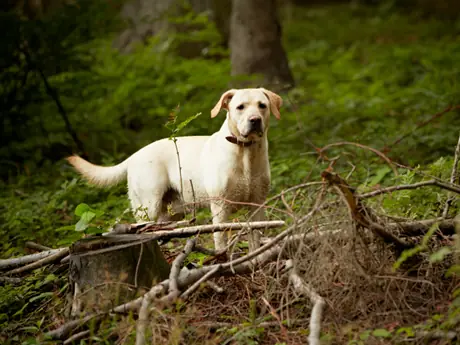
Hiking with your dog is a bonding experience that every active dog owner enjoys having. However, it's important to be aware of potential dangers on the trail such as rattlesnakes.
Dogs are inherently curious, and like to sniff, making it easier for them to get into trouble. But, if you and your dog run into a rattlesnake, or worse, your pup is bit, do you know what to do?
More: 4 Tips for Hiking With Your Dog
According to PetMD, "If your dog happens to be bitten by a poisonous snake the odds are in favor of a complete recovery. The degree of damage inflicted by a venomous snake is determined by a wide variety of variables. The age and species of snake, the intensity and depth of the fang penetration, the amount of venom injected, the location of the bite, and the size of the dog are just a few of the variables."
Next time you go hiking with your dog, keep these prevention methods in mind.
More: 10 Best Dog Breeds for Outdoors Junkies
How to Prevent a Snake Bite
The best way to avoid issues with snakes is to avoid them. Though this is not completely in your control, there are ways to decrease the chance of running into one. Here are four avoidance tips to remember:
- Keep your dog on a leash while hiking or camping so that you have control.
- Stay on the trails where you can see what is ahead. But remember that snakes will be under rocks, logs or bushes where your dog likes to sniff.
- Don't leave your dog unattended on the trail or at the campsite.
- Find and take a rattlesnake aversion class before hiking with you dog. The trainer puts a mild shock collar on your pup and introduces them to different snakes by sight, smell and sound. The trainer gives your dog a mild shock if it's "curious." The hope is that your dog will associate the snake with the shock and stay away from them.
More: 10 Dog-Friendly Campgrounds
Unfortunately, sometimes the best prevention efforts aren't enough, and your dog is bit. Being able to recognize that it happened is the first step toward seeking treatment.
Signs Your Dog Has Been Bit
- Be aware that fang marks are hard to see.
- Watch for bleeding from the puncture wound.
- Notice any swelling or redness around the wound.
- Be aware of any sudden bruising.
- Watch for signs of pain: whimpering, fatigue, just not him or her self.
- Take notice if your dog twitches or drools a lot.
- 1
- of
- 2
About the Author


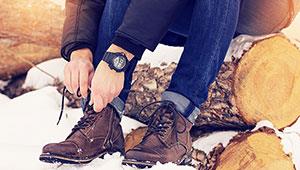

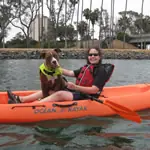
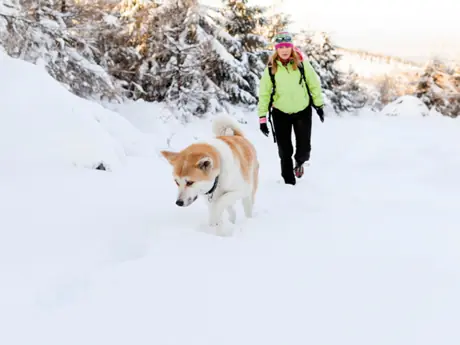
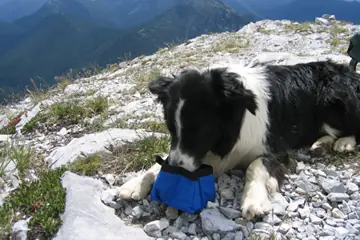

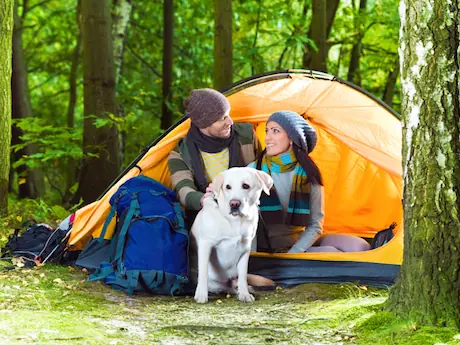
Discuss This Article